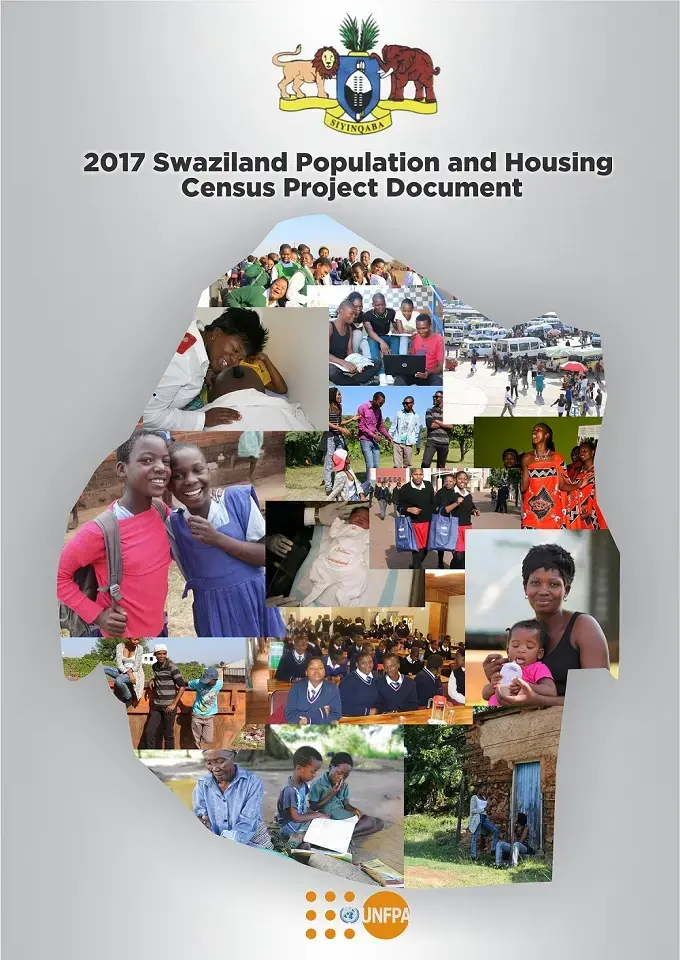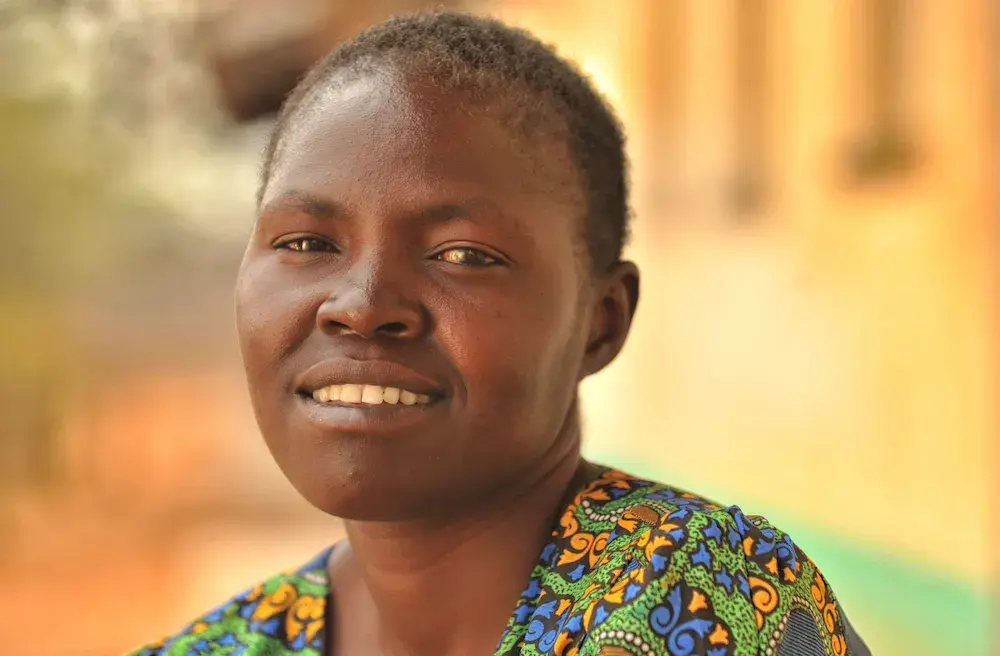It took hundreds of thousands of years for the world population to grow to 1 billion – then in just another 200 years or so, it grew seven-fold. In 2011, the global population reached the 7 billion mark, and today, it stands at about 7.3 billion. This dramatic growth has been driven largely by increasing numbers of people surviving to old age, and has been accompanied by major changes in fertility which are now causing a youth bulge in a number of developing countries. These trends will have far-reaching implications for generations to come.
Swaziland has a population of about 1. 1 million, with 36.6 % of the population under the age of 15 years. Poverty levels are high at 63%, with a low economic growth rate of 2.8% and a national unemployment rate of 28%. Seventy seven percent of the country’s population resides in rural areas and 23% in urban settlements. Swaziland is classified as a lower-middle-income country, with a gross domestic product of $3,034 per capita, but with high inequality and a declining human development ranking (from middle to low).
In 2017, Swaziland will conduct its sixth Population and Housing Census, the largest national data collection undertaking which provides demographic and socio-economic data on every person who is resident in Swaziland at the time of the census. Information generated by a population and housing census – numbers of people, their distribution, their living conditions and other key data – is critical for development. The country’s 2017 Population and Housing Census is particularly significant because it will be the first national census to utilize computer-based equipment for data collection, therefore developing national capacity on the use of such tools. UNFPA Swaziland provides both financial and technical support during all stages of a national census, and helps ensure the data are widely utilized and disseminated for development.
UNFPA Swaziland works with the government, civil society and academic institutions to build and strengthen capacity for research, production and dissemination of quality and timely data on population and development issues, for use in programming and policy, including in humanitarian settings. The programme provides technical assistance to the national Central Statistics Office on the use of modern and innovative technologies and approaches in data collection, processing, and analysis in the preparation and implementation of for the 2017 Population and Housing Census. UNFPA also works with government and civil society to generate evidence on the legal and socio-cultural factors contributing to the protection or violation of the rights of youth and adolescents, particularly as they relate to sexual and reproductive health, HIV and AIDS and gender-based violence. The preparation and production of a national demographic dividend advocacy document is one of the core technical support areas to the government, and this will inform targeted national advocacy for increased investments in young people. The country office also supports multi-sector information sharing forums (including NGOs, government sectors, parliament, academia and youth) to encourage the dissemination and use of national data to ensure sustainable development.




